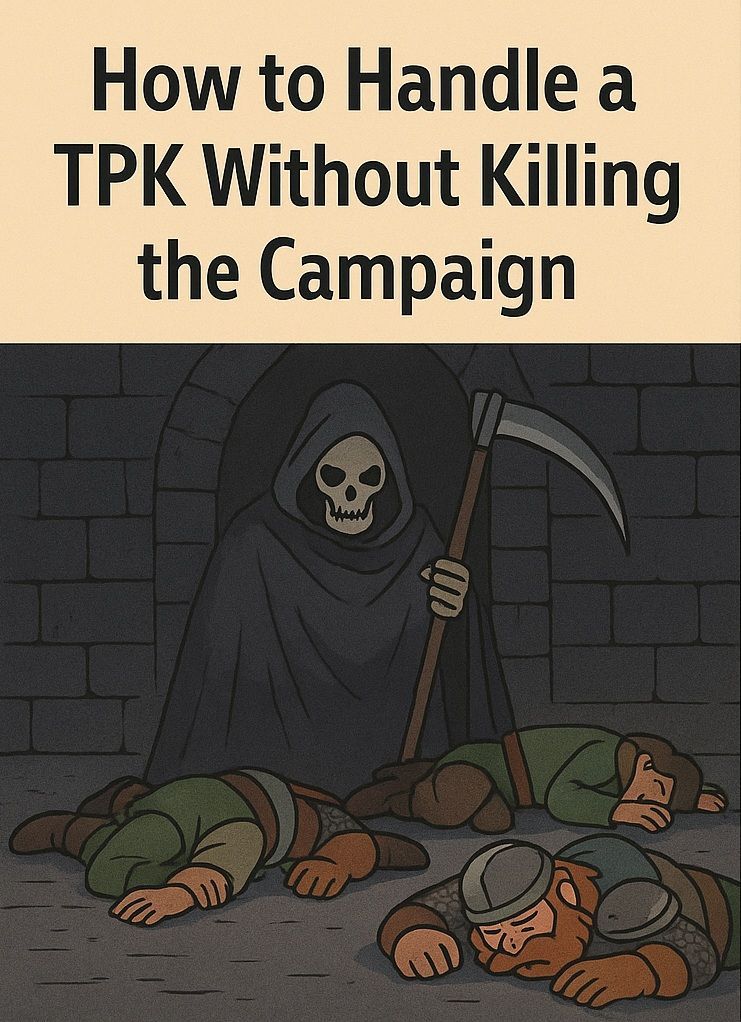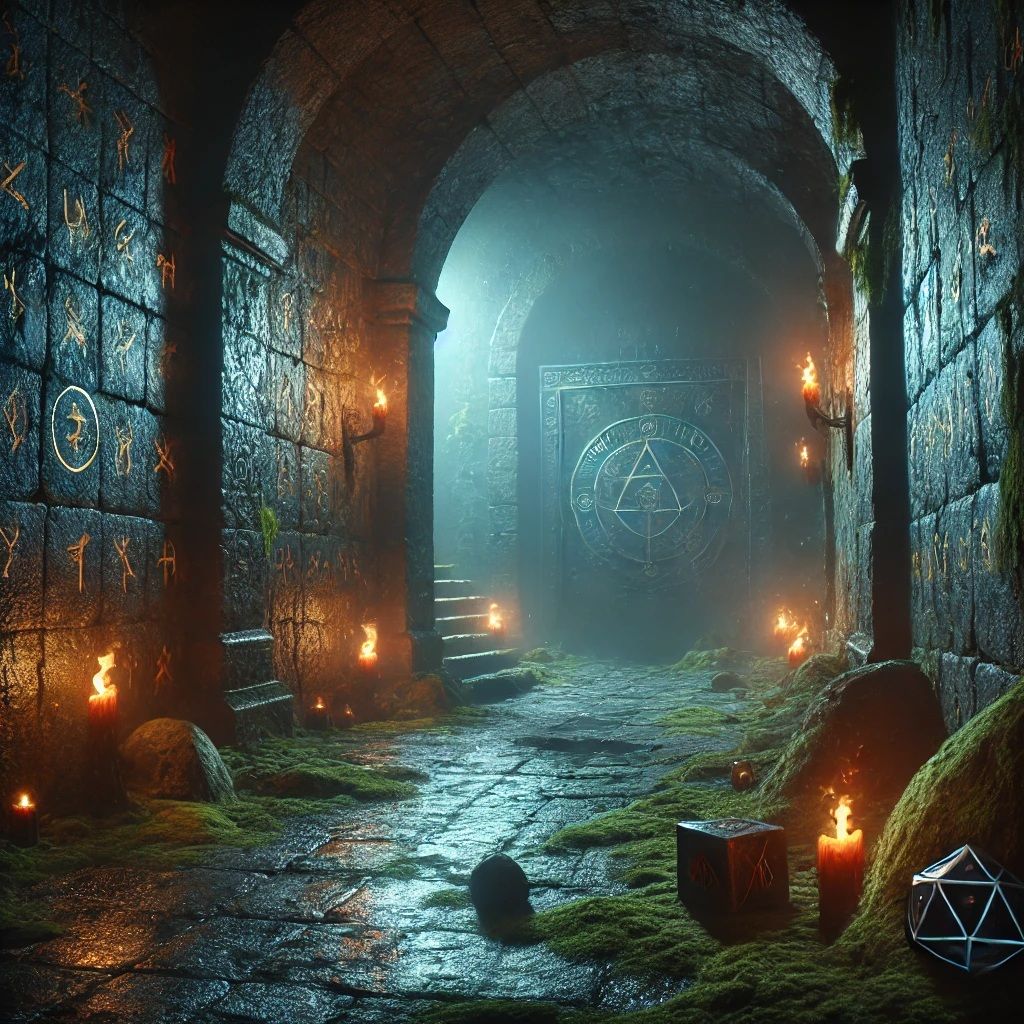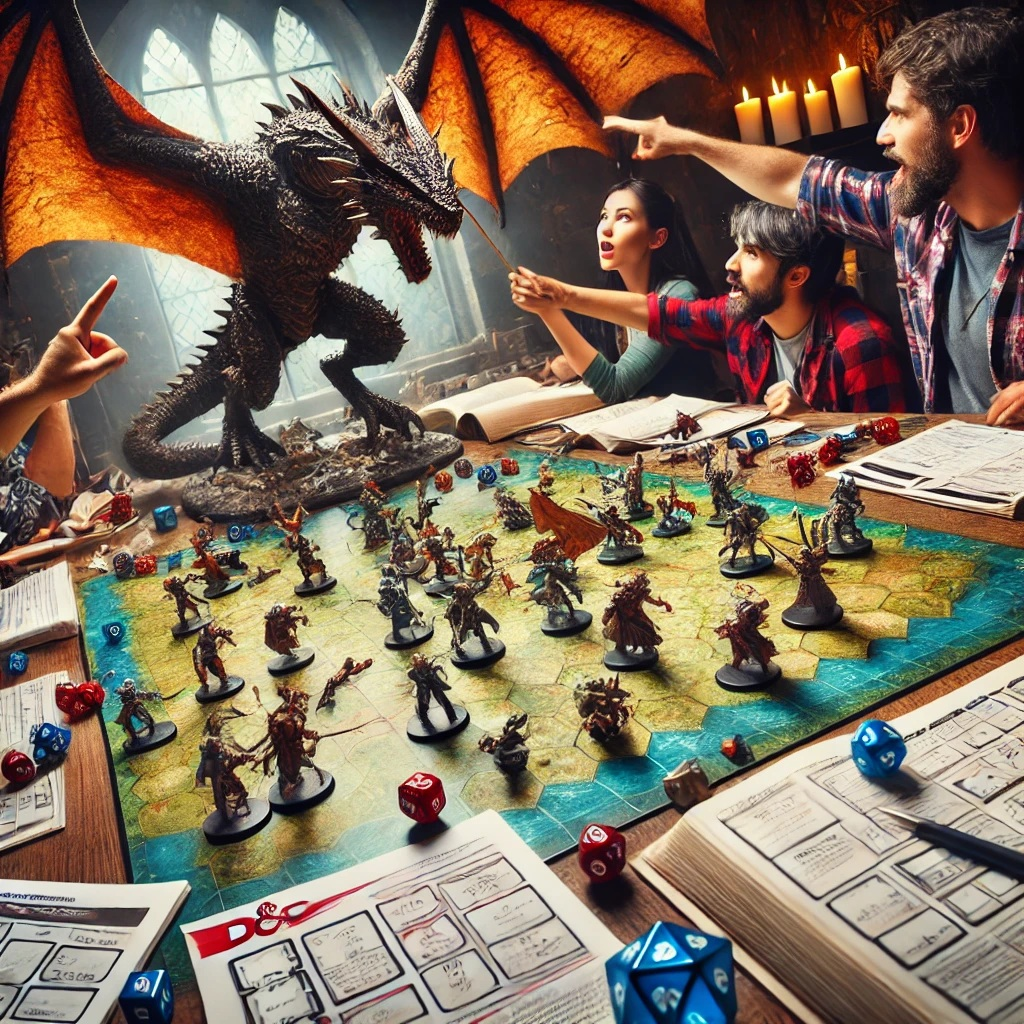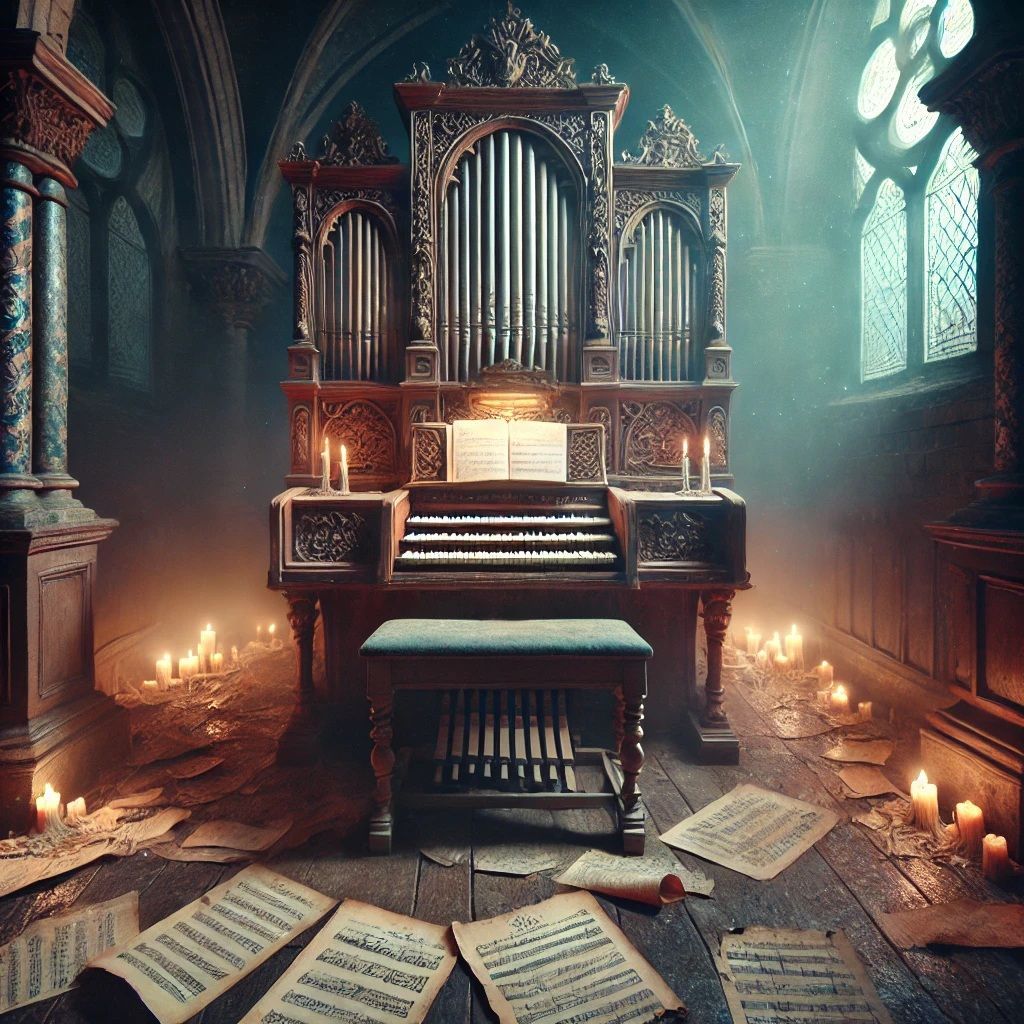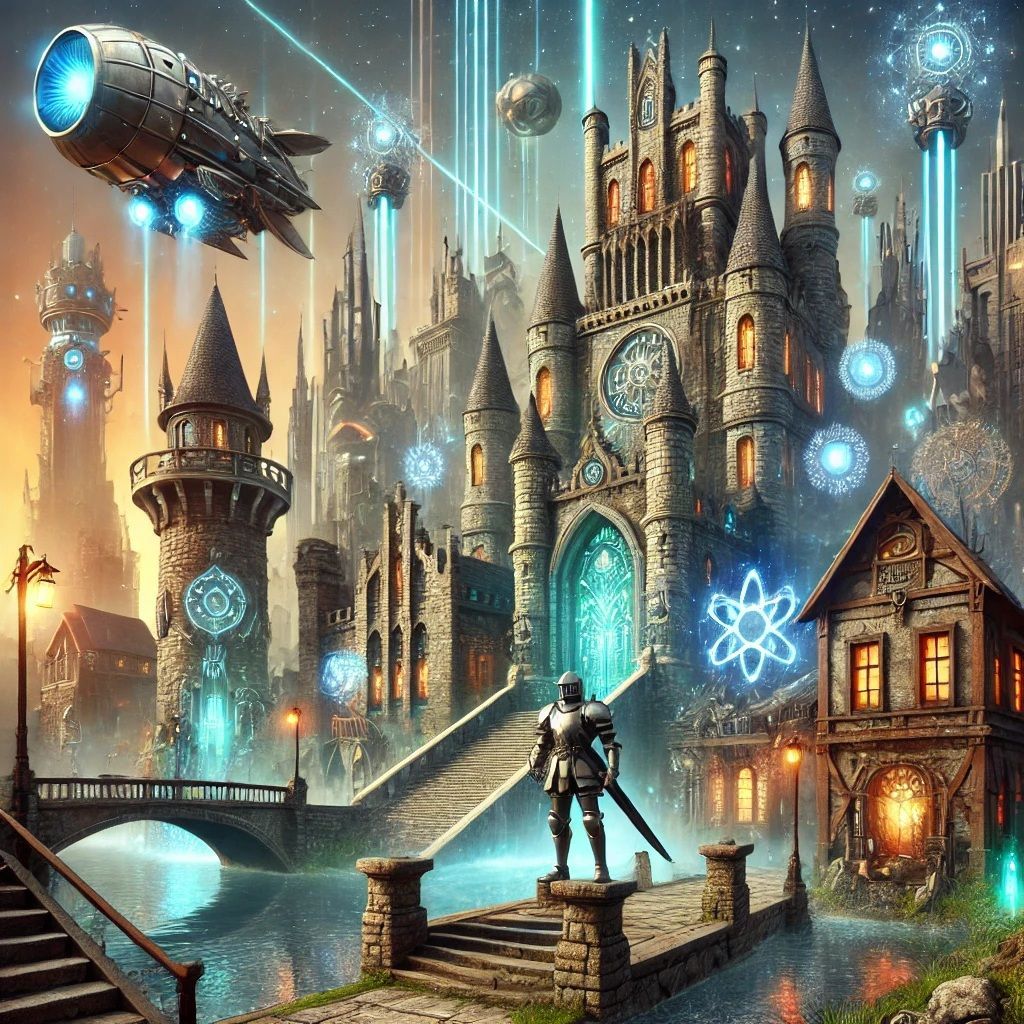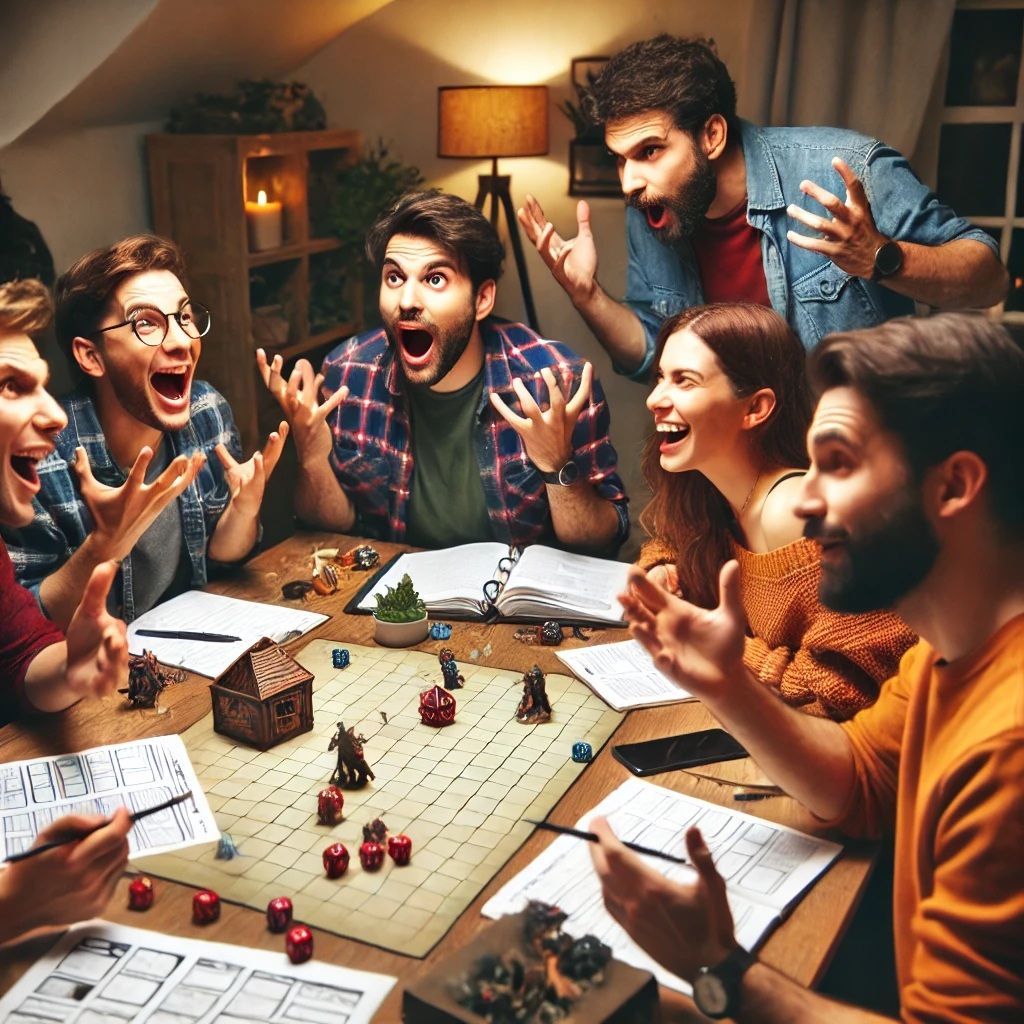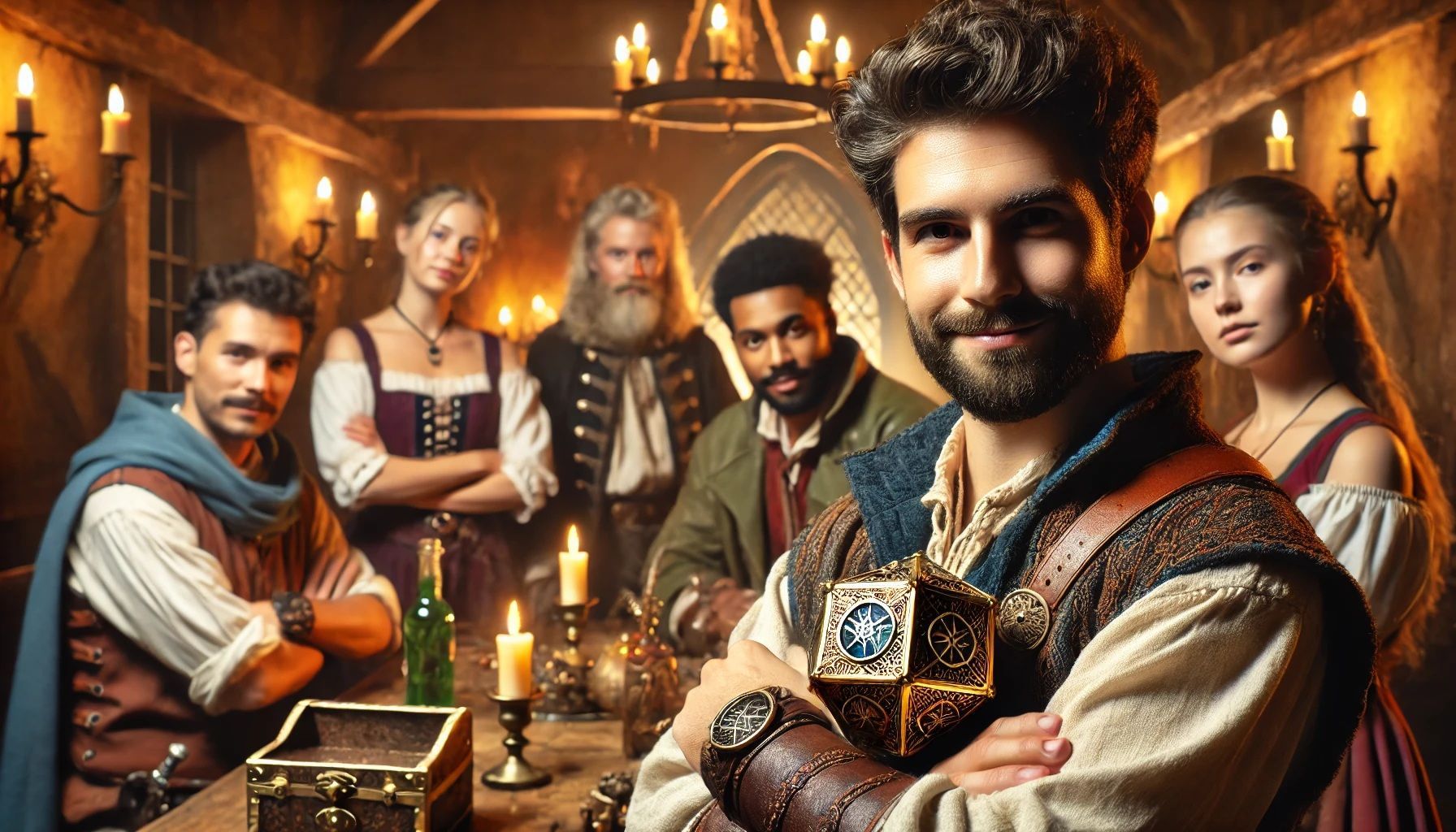Running High-Level Campaigns: Tips and Challenges
Beyond 20; no not the browser extension

Dear Readers,
Running a high-level Dungeons & Dragons campaign is an entirely different experience from running low- or mid-level adventures. By the time characters reach level 15 and beyond, they wield godlike power, warp reality, and can outthink or outfight most foes. With the right approach, high-level campaigns can be some of the most epic and rewarding experiences for both players and Dungeon Masters (DMs). This guide will help you navigate the unique challenges and opportunities of high-level play.
Understanding High-Level Play
At high levels, D&D changes dramatically. Players have vast resources, powerful magic, and access to nearly limitless solutions. This affects the game in the following ways:
- Combat is explosive and deadly. Legendary monsters and devastating spells mean fights can end in just a few rounds.
- Magic reshapes the world. Spells like Wish, True Resurrection, and Teleport give players immense control over their fate.
- Characters are larger than life. They aren’t just adventurers—they are kings, gods’ chosen, or legendary figures shaping the world.
- Storytelling scales up. The stakes go beyond saving a village—they might involve saving reality itself.
Tips for Running High-Level Campaigns
1. Challenge the Players, Not Just Their Characters
At high levels, players have solutions for almost every problem. The trick isn’t to make encounters harder—it’s to make them more complex and layered.
- Multi-layered threats: Instead of a single big bad, introduce multiple dangers. A lich leading an undead army while planar rifts threaten reality forces players to split their attention.
- Morality and Consequence: High-level actions have major consequences. If players resurrect a fallen king, what political turmoil does that create?
- Strategic Thinking: Force players to plan beyond brute force. A fortress might be impervious to magic, requiring political maneuvering or ancient rituals.
2. Use Epic-Level Opponents Wisely
High-level characters need challenges worthy of their power. Standard enemies won’t cut it.
- Legendary Monsters: Ancient dragons, demon lords, and titans are strong enough to make even level 20 parties sweat.
- Custom Villains: Give villains spell lists, lair actions, and legendary resistances to match the players’ power.
- Multi-Stage Fights: A villain might transform mid-fight, or the battlefield itself could change, forcing players to adapt.
3. Keep Combat Engaging and Balanced
High-level combat is often complex and can slow down dramatically. To keep fights exciting:
- Use Legendary and Mythic Actions: These allow enemies to act outside their turn, preventing players from overwhelming them.
- Avoid Overcomplicated Minions: Instead of swarms of weak enemies, use elite foes with strategic abilities.
- Time-Based Threats: Introduce time-sensitive objectives, such as stopping a ritual before the enemy becomes invincible.
4. Worldbuilding for High-Level Play
A high-level campaign’s world should feel different from a low-level one. Players are no longer nameless adventurers—they have shaped history.
- The World Reacts: Cities may revere or fear them, gods may take an interest, and factions may seek alliances or revenge.
- Major Events: Introduce world-changing threats: a dying sun, a war between gods, or a collapsing planar barrier.
- Mysteries Beyond Mortal Reach: Even powerful adventurers can be humbled by cosmic beings or unknowable forces.
5. Encourage Player-Driven Goals
By high levels, characters should have goals beyond survival. Encourage players to pursue:
- Political Power: Ruling a kingdom, leading a faction, or influencing a divine pantheon.
- Arcane Discovery: Researching new spells, unlocking hidden knowledge, or constructing magical artifacts.
- Legacy and Impact: Creating a hero’s guild, founding a new city, or writing their name into history.
6. Manage Resource Inflation
High-level characters accumulate vast wealth and magic items. To keep resources meaningful:
- Limit Instant Solutions: Some spells, like Wish and True Polymorph, can trivialize challenges. Set clear in-game consequences for their use.
- Require Upkeep: Armies, strongholds, and divine blessings might demand continued effort or sacrifices.
- Make Items Unique: Instead of generic magic weapons, offer artifacts with history, risks, and evolving powers.
7. Create High-Level Story Arcs
High-level campaigns need grand, sweeping narratives. Consider:
- The End of an Era: The gods are dying, magic is unraveling, or the multiverse is shifting.
- Divine or Cosmic Conflicts: Players are caught in a war between celestial beings, ancient dragons, or eldritch horrors.
- The Ultimate Heist or Final Battle: Breaking into a god’s vault, overthrowing an immortal emperor, or stopping a force beyond time.
8. Let Players Be Legendary
High-level play is about epic moments. Encourage:
- Mythic Feats: Let characters shape reality, like creating floating cities or rewriting fate.
- Narrative Freedom: If a bard wants to compose a song that becomes a world anthem, let it happen.
- Heroic Sacrifices: Offer moments where players can make legendary choices, such as sealing an ancient evil at great personal cost.
Final Thoughts
Running a high-level D&D campaign requires adapting to the sheer power players wield. By focusing on epic challenges, narrative depth, and player-driven goals, you can create unforgettable adventures where heroes truly become legends.
Until next time, Dear Readers...















